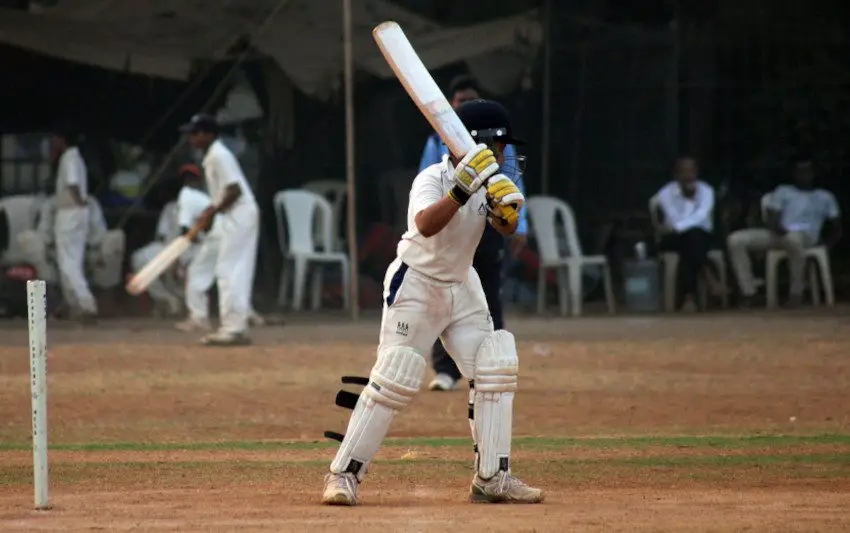Table of Contents
It’s a skilful art and they are among the most important and exciting players in the game but just who have been the most successful leg spinners in world cricket?
Who was the best Leg Spinner in the World?
For me there should be no arguments here and I hope you’ll agree. The much-missed Shane Warne is widely regarded as the greatest ever leg spinner and one of the best players in the history of cricket.
His figures back up that theory and we’ll come to those in the next section. Another reason why Warne is regarded as the best is down to the fact that he revived leg spin when it was a dying art.
Greatest Leg Spinners of All Time
Shane Warne – Australia
Sometimes, statistics don’t quite do justice to the player’s ability but that certainly isn’t the case with Shane Warne. He finished with 1001 international wickets across test matches and ODIs and would often turn games for Australia in one brief spell.
Warne took five wickets in an innings on no fewer than 37 occasions and his best figures were 8/71. He brought leg spin back to life at a time when it had all but gone from the game and that’s why many of the other players here owe him a huge debt.

Anil Kumble – India
He was only the second man in history to claim all ten wickets in a test innings but Anil Kumble was already a highly feared leg spinner when he achieved that remarkable feat.
There is some debate as to how much Kumble actually turned the ball. He bowled wicket-to-wicket with faster pace that saw the ball skid on. As a result, many of his dismissals were LBW. The spin may have been more subtle but it was definitely there.
Those ten wickets contributed to a total haul of 619 wickets in 132 test matches. Kumble also claimed 337 ODI victims with economical best figures of 6/12.
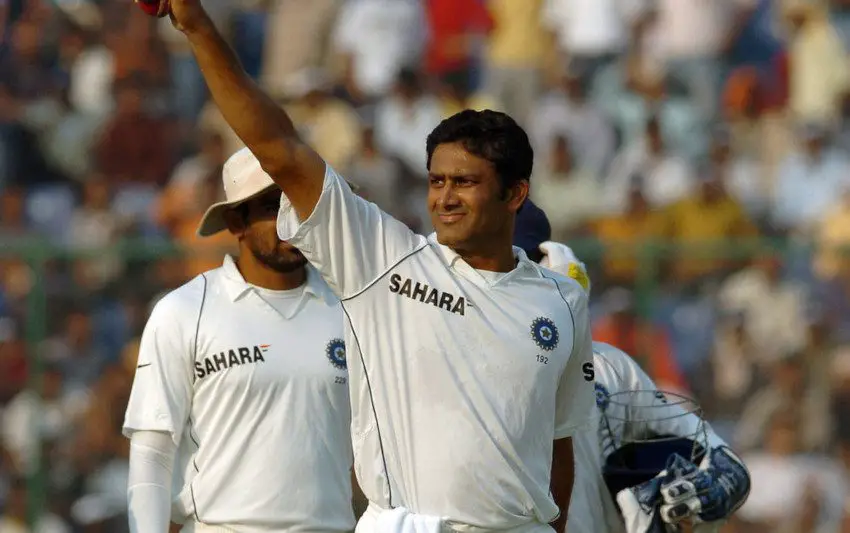
Abdul Qadir – Pakistan
During a barren period for leg spin as a whole, Pakistan’s Abdul Qadir kept the art going. Through the 1980s, he was the best exponent of the practise and he was very effective in both formats at the time.
Qadir extracted prodigious turn on the subcontinent and, while seam bowlers such as Waqar Younis and Wasim Akram excelled elsewhere, the spinner also played a part in overseas games.
After making his debut against England in 1979, Abdul Qadir took 368 wickets in 171 international matches. Included in that haul are stunning best match figures of 9/56.
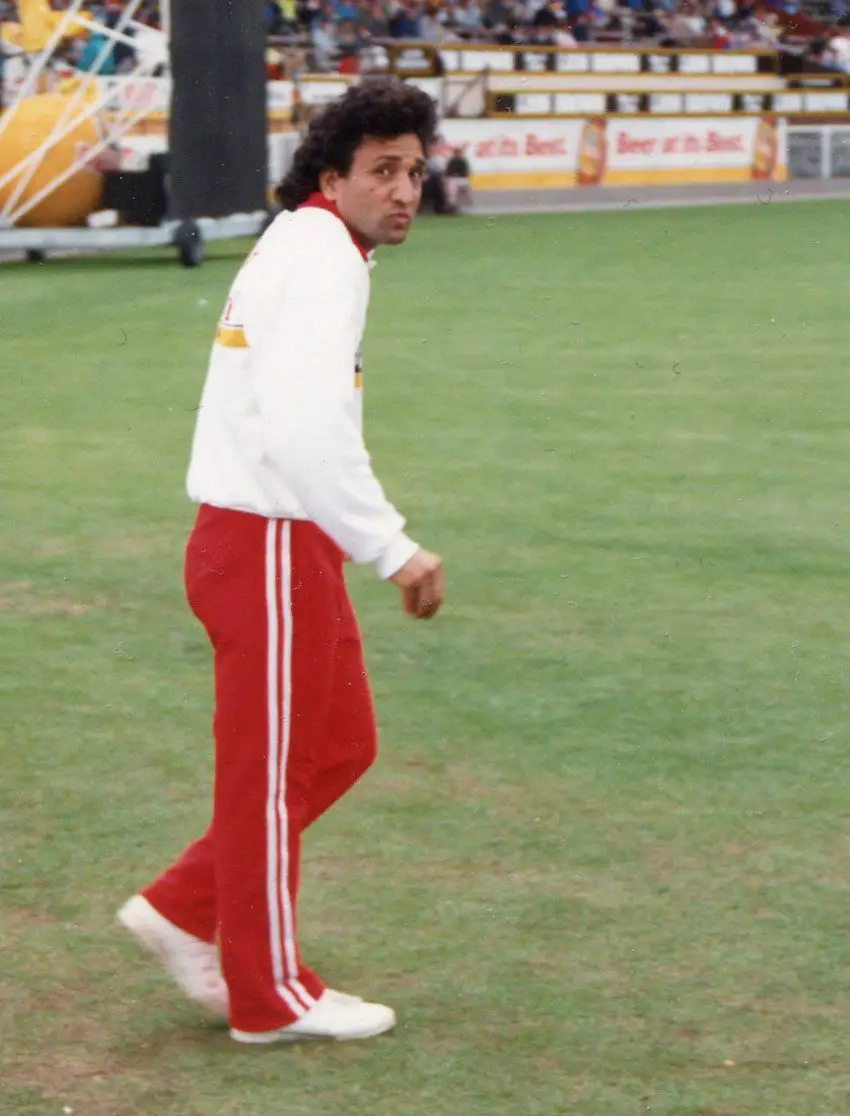
Mushtaq Ahmed – Pakistan
Another great Pakistani wrist spinner, Mushtaq Ahmed took over from Abdul Qadir as his country’s main slow bowling weapon. At the time of his career, he was bracketed along with Shane Warne and Anil Kumble as the ‘big three’.
Mushy had a ton of variations and was one of the most innovative leg spinners of all time. He played 196 international matches including 52 tests and he claimed 346 wickets in that time. His best figures in an innings of 7/56 came against New Zealand in the 1995/96 series.
BS Chandrasekhar – India
Throughout the 1960s and into much of the 1970s, Indian teams relied almost exclusively on spin. The faster bowlers were just there to take the shine off the ball before the slower men took over.
BS Chandrasekhar was an important part of that approach and he offered good balance in a team that included orthodox off spinners Bishen Bedi and E.A.S. Prasanna. Chandrasekhar was held in high regard among other leg spinners and he had an exceptional record, taking 242 wickets in just 58 tests.
Those 242 victims came at an average of 29.74 and included a best return of 8/79.
Richie Benaud – Australia
Before he became one of the most respected commentators in the game, Richie Benaud was an effective leg spinner in test matches for Australia. He was a genuine all rounder and also skippered the team through some successful times.
When Benaud played in the 1950s through to the mid-1960s, leg spin was just starting to die out in countries outside of the subcontinent. He was still effective in all conditions, even in his native Australia where some world class pace bowlers were coming through.
Richie Benaud played in 63 tests, taking 248 wickets with best figures in an innings of 7/72.
Subhash Gupte – India
A number of top players, including Garry Sobers and Jim Laker, stated that India’s Subhash Gupte was the best leg spinner they had ever seen. He produced cunning flight, plenty of spin and it’s said that he also had two types of googly.
Gupte played in just 36 tests between 1951 and 1961 but he took 149 wickets in that time and claimed five wickets in an innings on 12 occasions. His stunning best figures of 9/102 came against the West Indies in Kanpur in the 1958/59 series.
Subhash Gupte also has the honour of being the first Indian to take all ten wickets in an innings – a feat he achieved for Bombay in 1954.
Bill O’Reilly – Australia
Bill O’Reilly is considered one of the most innovative spin bowlers to have played the game. Leg breaks were part of his weaponry but he also possessed a fearsome top spinner. The Australian also had an exceptional googly.
O’Reilly was unusual because he delivered the ball at close to medium pace with an unconventional, two-fingered grip. It was an effective approach that earned him 144 wickets from just 27 tests between 1932 and 1946.
His best figures in a test innings were 7/54 and, like a lot of players of his generation, Bill O’Reilly would have played a lot more had it not been for the outbreak of the second world war.
Stuart MacGill – Australian
Australia’s Stuart MacGill played international cricket at the same time as Shane Warne and that restricted his appearances. The fact that he still managed to claim 208 wickets in just 44 tests is a testament to his ability.
Because of Warne’s presence, MacGill was a very underrated test cricketer. Had he played for any other test nation, it could be argued that he might have received something close to 100 caps.
Included in those 208 wickets are best innings figures of 8/108 which came against Bangladesh in 2006.
Danish Kaneria – Pakistan
While the end of Danish Kaneria’s career came about in a controversial fashion, there is no doubting his qualities as a leg spinner. He is fourth on the list of leading test wicket takers for Pakistan with only three pacemen – Imran Khan, Waqar Younis and Wasim Akram – ahead of him.
Yasir Shah is likely to go past Kaneria as Pakistan’s best ever leg spinner but it’s still a phenomenal record. After his final test against England in 2010, Kaneria had taken 261 wickets with best figures in an innings of 7/77.
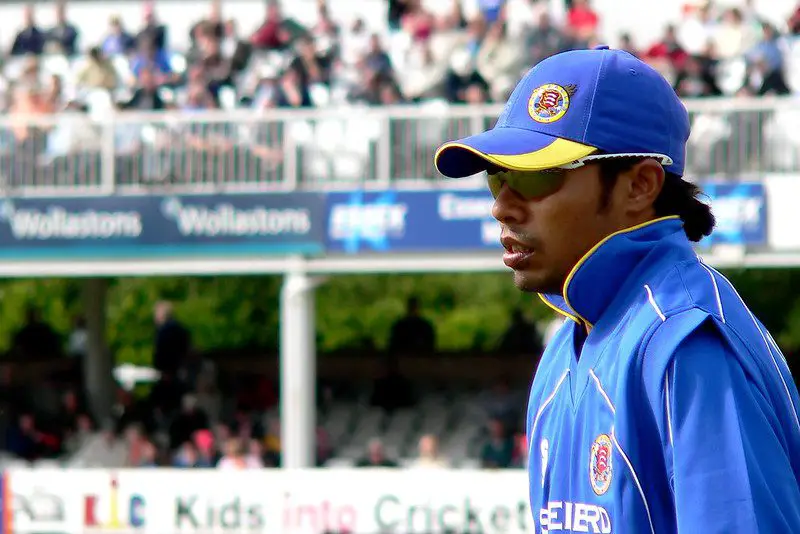
Clarrie Grimmett – Australian
Having played his first test in 1925, Australia’s Clarrie Grimmett is widely regarded as one of the first great spin bowlers. He’s also credited with inventing the flipper – a leg spinner’s delivery bowled with backspin.
In that debut test against England in 1925, Grimmett announced his arrival on the international stage by taking five wickets in each innings. He also became the first bowler in test cricket to take 200 wickets.
Eventually, he would claim 216 wickets in just 37 tests with best figures in an innings of 7/40.

Arthur Mailey – Australian
Arthur Mailey was another early leg spinner and the latter part of his career coincided with that of Clarrie Grimmett. He was a conventional leg spinner who used the googly to great effect and, although he enjoyed a brief test career, he certainly made his mark.
Mailey featured in just 21 tests between 1920 and 1926 and he took 99 wickets. Playing against England in the fourth Ashes test in Melbourne, he set a record for Australia by taking nine wickets for 121 runs in the second innings. In that series, Mailey impressed throughout, taking 36 wickets with his potent brand of leg spin.
Top Leg Spinners at Present
Adil Rashid – England
England hasn’t provided too many leg spinners over the years. There are several who have played a handful of international games but the only bowler to have been selected on a consistent basis is Adil Rashid.
Rashid made his international debut as a 21 year old back in 2009 and he remains an England regular in limited overs cricket as he reaches his mid-30s. At the time of writing in July 2022, Adil Rashid has 307 international wickets from his first 210 matches. His best figures of 5/27 came in an ODI while he has also returned remarkably economic figures of 4/2 in a T20 international.
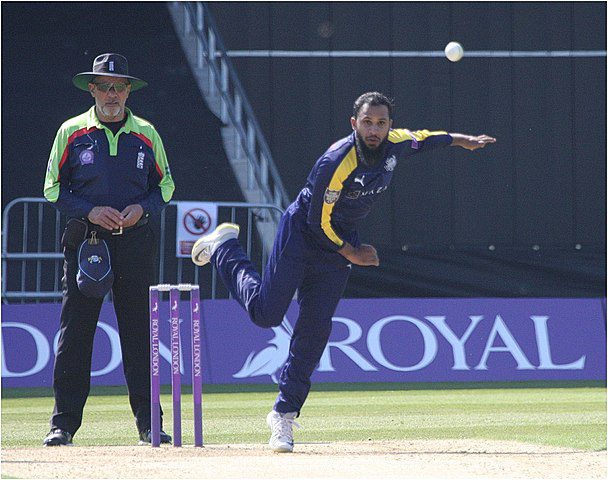
Rashid Khan – Afghanistan
Of the leg spinners that are playing the game today, many would say that Rashid Khan is the best of them. He first burst onto the international stage as a teenager and he has already claimed his 300th international wicket before his 24th birthday.
Playing for a developing cricket nation like Afghanistan is tough for any player. The quality of the opposition is generally stronger in these early years and that makes Rashid Khan’s returns even more impressive.
He bowls with a flatter arc and higher speed than most. He’s similar to Anil Kumble in that respect but with more turn.
Ravichandran Ashwin – India
Yes I know that India’s R Ashwin is chiefly an off spinner. That’s how he made his name but over the years he has developed a lot of variations. One of those is the leg spinner and I think it’s very effective.
If Ashwin had purely been a ‘leggie’ would he have enjoyed such a prolific career? Opinion will be split on that point but he’s certainly developed the art to a high standard and it’s a useful surprise delivery.

Conclusion
Sadly, I’m old enough to remember the period when there were very few leg spinners in the game. India and Pakistan provided effective players but orthodox off spin was the predominant slow bowling style across the world.
Shane Warne really changed all that and that’s another reason why he really was the best leggie of all time in most people’s opinion. His statistics back up that theory and he laid the path for others to follow.
But it’s not all about Warne and this list includes some of the best leg spinners of all time. It spans a wide period in cricket history, starting with the first half of the 20th century.
The list of the best current leg spinners also tells us that the art is in good hands. Leg spin may have died out at one point but it’s certainly back and its value to the modern game means that it’s very unlikely to go away at any point in the future.


